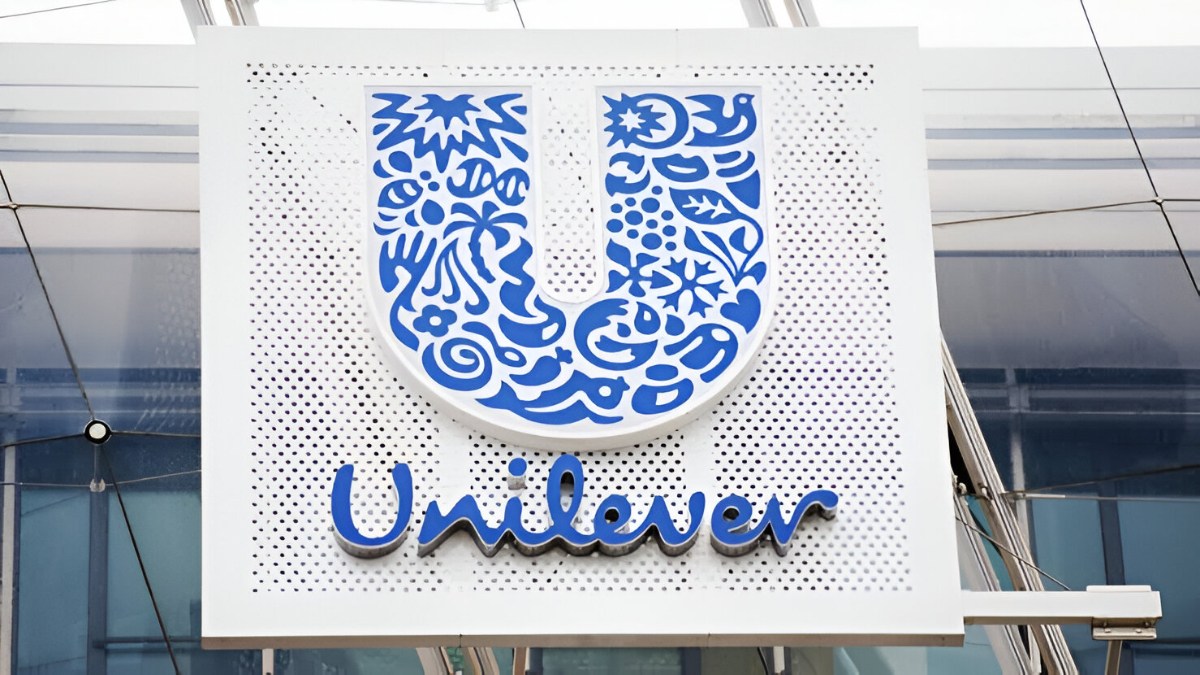How to plan partial withdrawals of life insurance effectively?

The sentiment found voice among many investors which made the insurers think of ways to combat this issue and to make their products more practically viable to the potential customers. This paved the way for the introduction of ULIPs- products with an altogether different benefit structure, combining the benefits of Mutual Funds and Insurance to attract the customer with the promise of early liquidity in the option of partial withdrawals.
Partial withdrawals are the highlight of ULIP plans which allow a customer to make withdrawals up to a certain limit to meet their emergent financial needs without hassles. Knowing this, it becomes necessary that you don't withdraw from your plans just because it is allowed but only when you feel the need to have cash in hand to meet your needs. The following points should be remembered to plan effective withdrawals from your plan:
Withdraw only when required- it is true that ULIPs give you flexibility to use your fund as per your need but partial withdrawals should be resorted to only in the hour of need and not for the fun of it because, attractive as it may be in giving you cash, it lowers your fund value and consequently your death benefit.
Use when your plan is not giving you desired returns- the ULIP you invested in may not perform as per your expectations despite switching to available funds. In such a case you may withdraw from your plan and invest in another plan more suited to your expectations rather than surrendering it altogether resulting in corresponding surrender charges.
Remember the lock-in period- prior to September 2010, partial withdrawals were rampant among policyholders resulting in the fall in revenue of the insurer. From September 2010, IRDA has mandated the lock-in period to be raised from 3 to 5 years which necessitates the customer to invest in the plan for a minimum of 5 years.
Remember the minimum and maximum amount of withdrawal- there is a minimum amount which should be withdrawn which varies from company to company, Rs. 1000 generally being the standard amount. Also, there is a cap on maximum amount which can be withdrawn from your fund value lest your policy will have to be surrendered. Generally, an annual premium amount has to be maintained in your fund value at all times irrespective of the amount withdrawn. For example, if the fund value stands at 1,00,000 and the annual premium is 20,000, a maximum of 80,000 can be withdrawn. Also , the charges to be deducted should be borne in mind as they will further lower the fund value. As such, it will be wise to withdraw only 75,000 to factor in the charges.
The Fund Value and Death Benefit will decrease- post the withdrawal, both your Fund Value and death benefit will be affected, decreasing by the withdrawn amount. The death benefit is defined as the higher of the Fund Value or Sum Assured less amount withdrawn.
So, bearing these points in mind, one should indulge in partial withdrawals from their plan. ULIPs definitely are unique in their nature in the respect that after the lock-in period, your fund value can be treated like your savings account where you may withdraw as well as top-up as per your will, that too free of charge. What's more, the amount you withdraw is also tax-free. So, go ahead and enjoy your ULIP to its fullest.
Written By: Deepak Yohannan
The author is the CEO of MyInsuranceClub.com, an online insurance price & features comparison portal
For more articles by Deepak Yohannan, please visit MyInsuranceClub.com
You may contact him directly onTwitter: @dyohannan
































